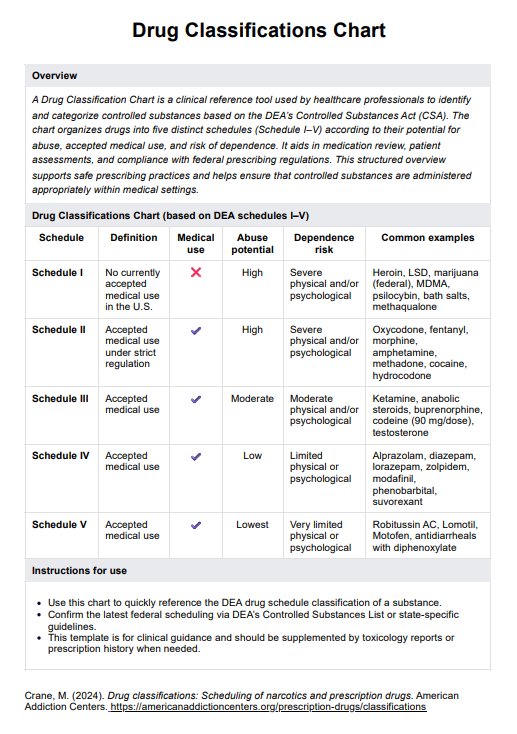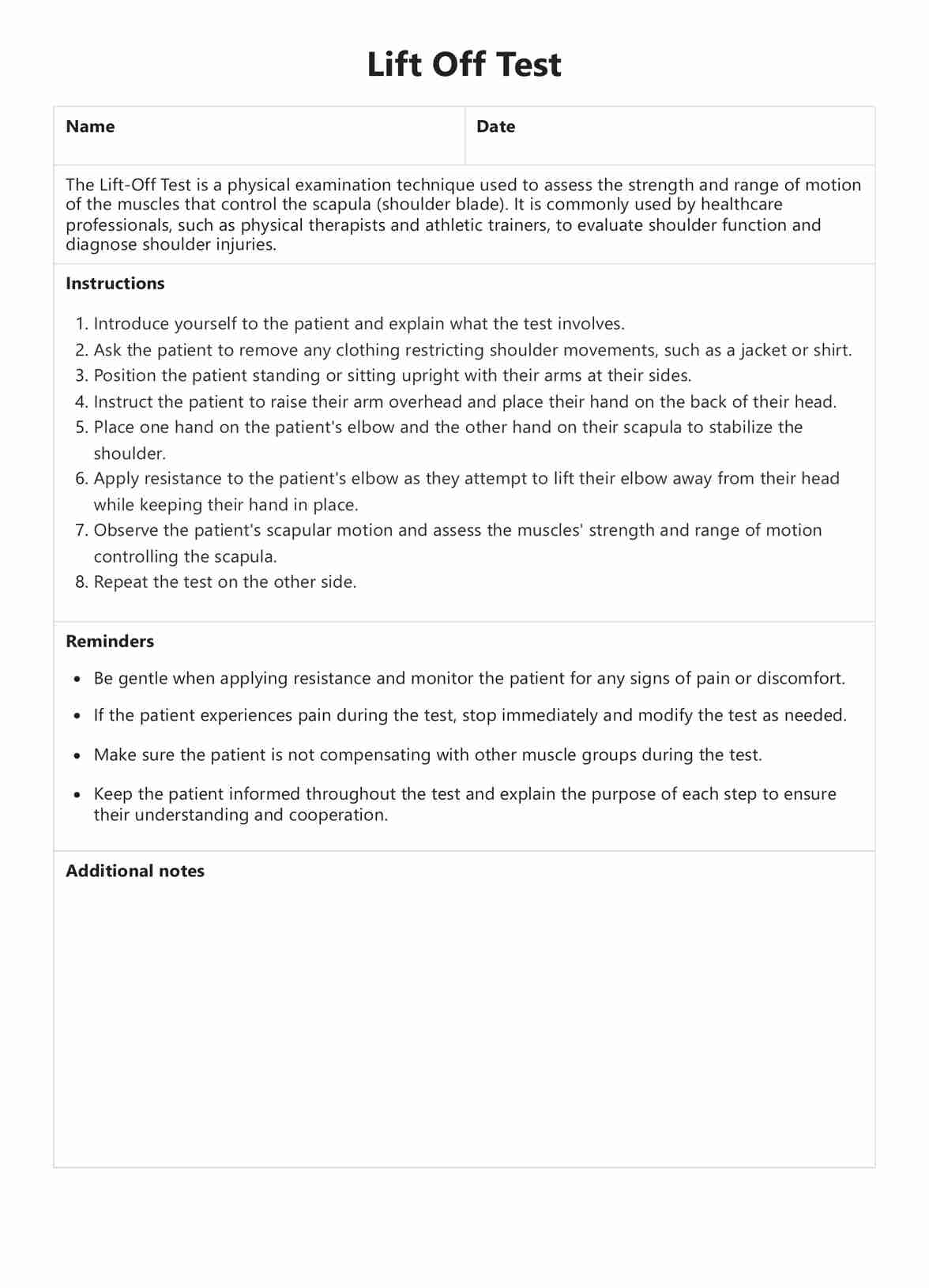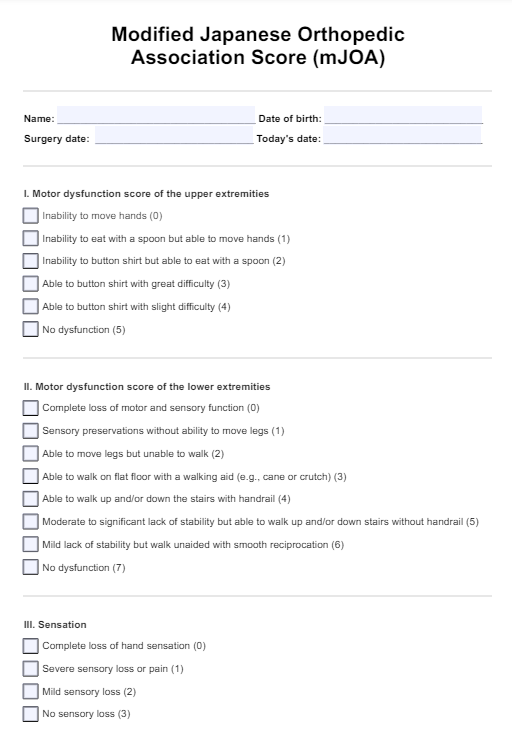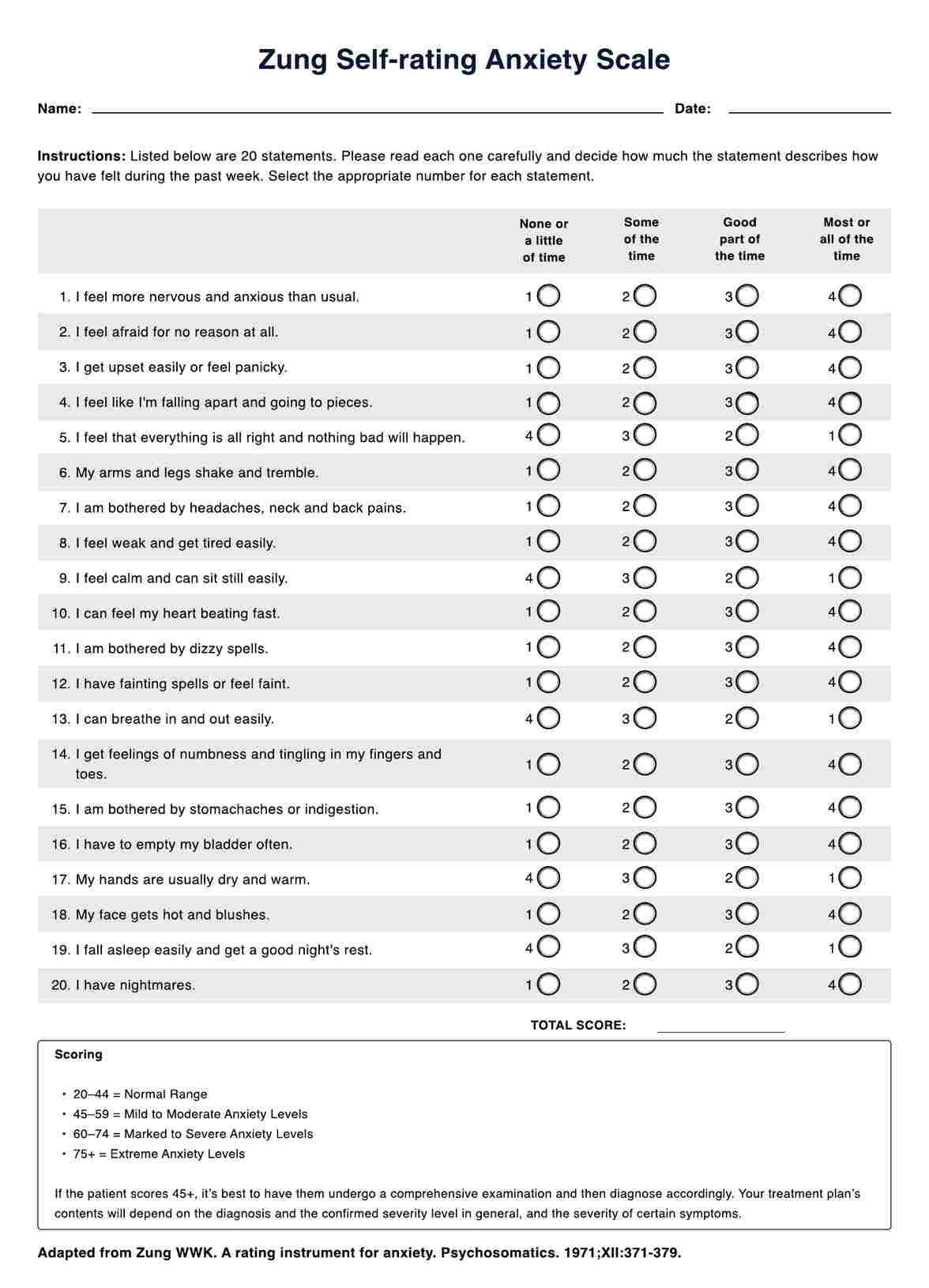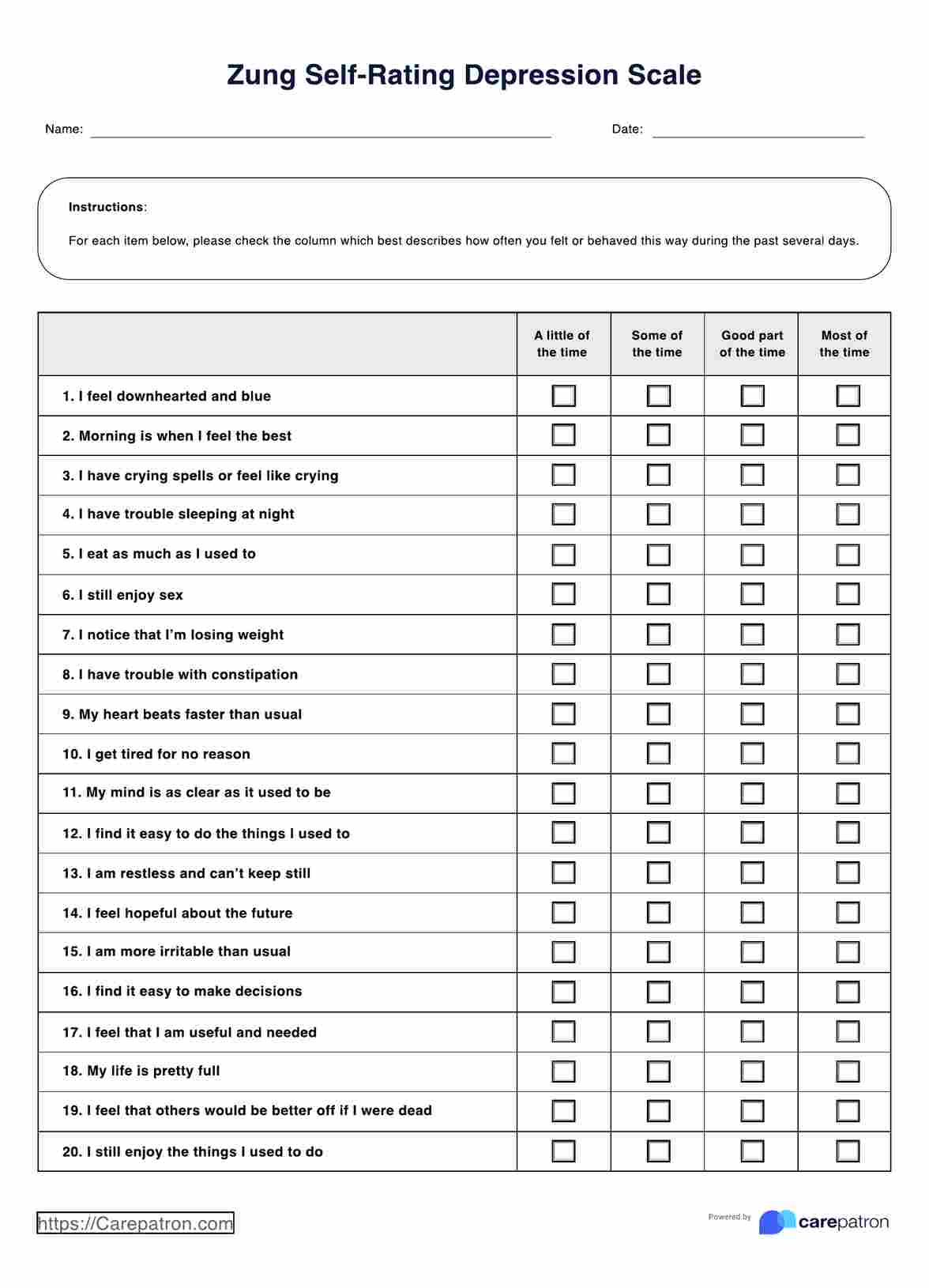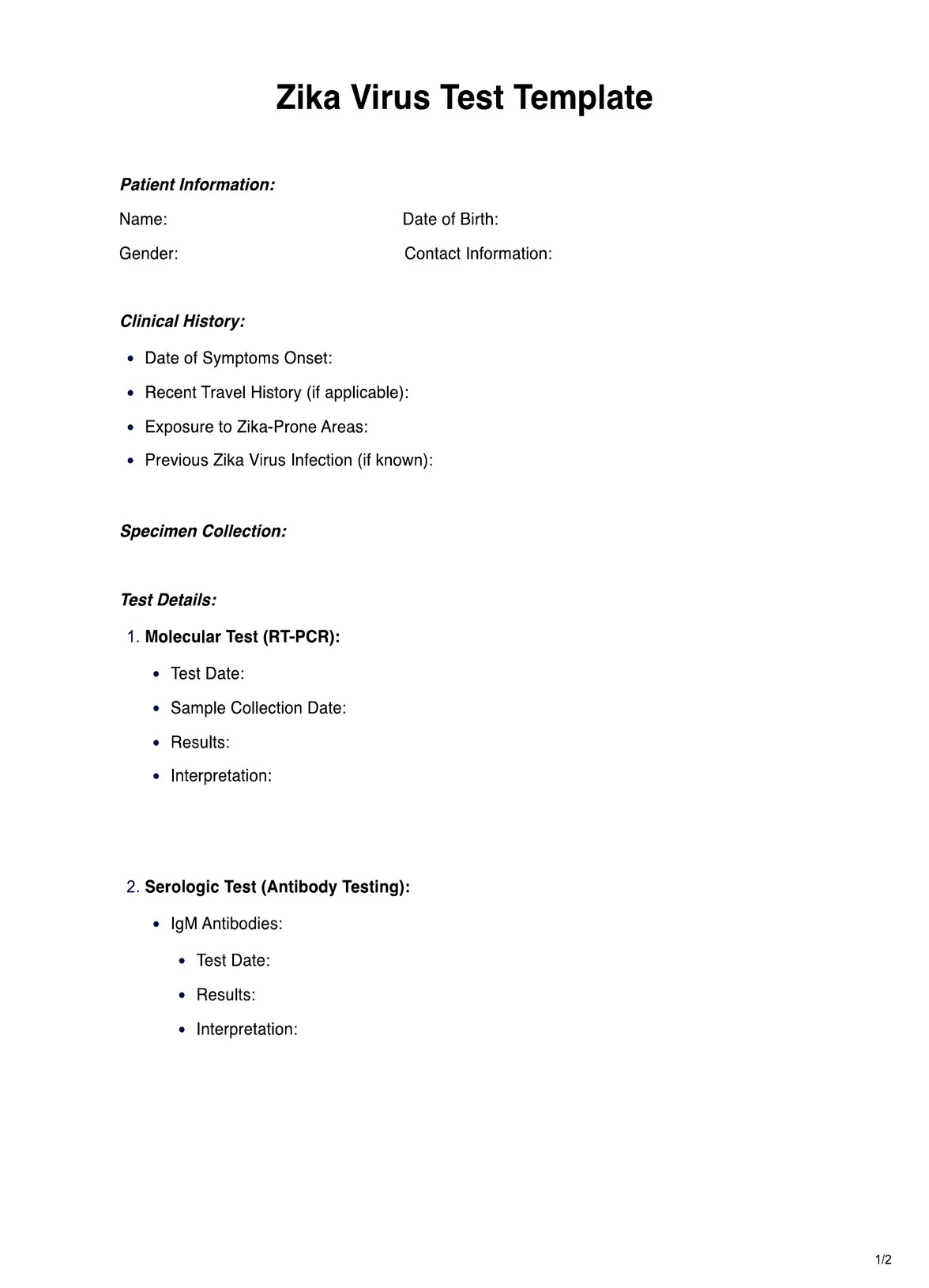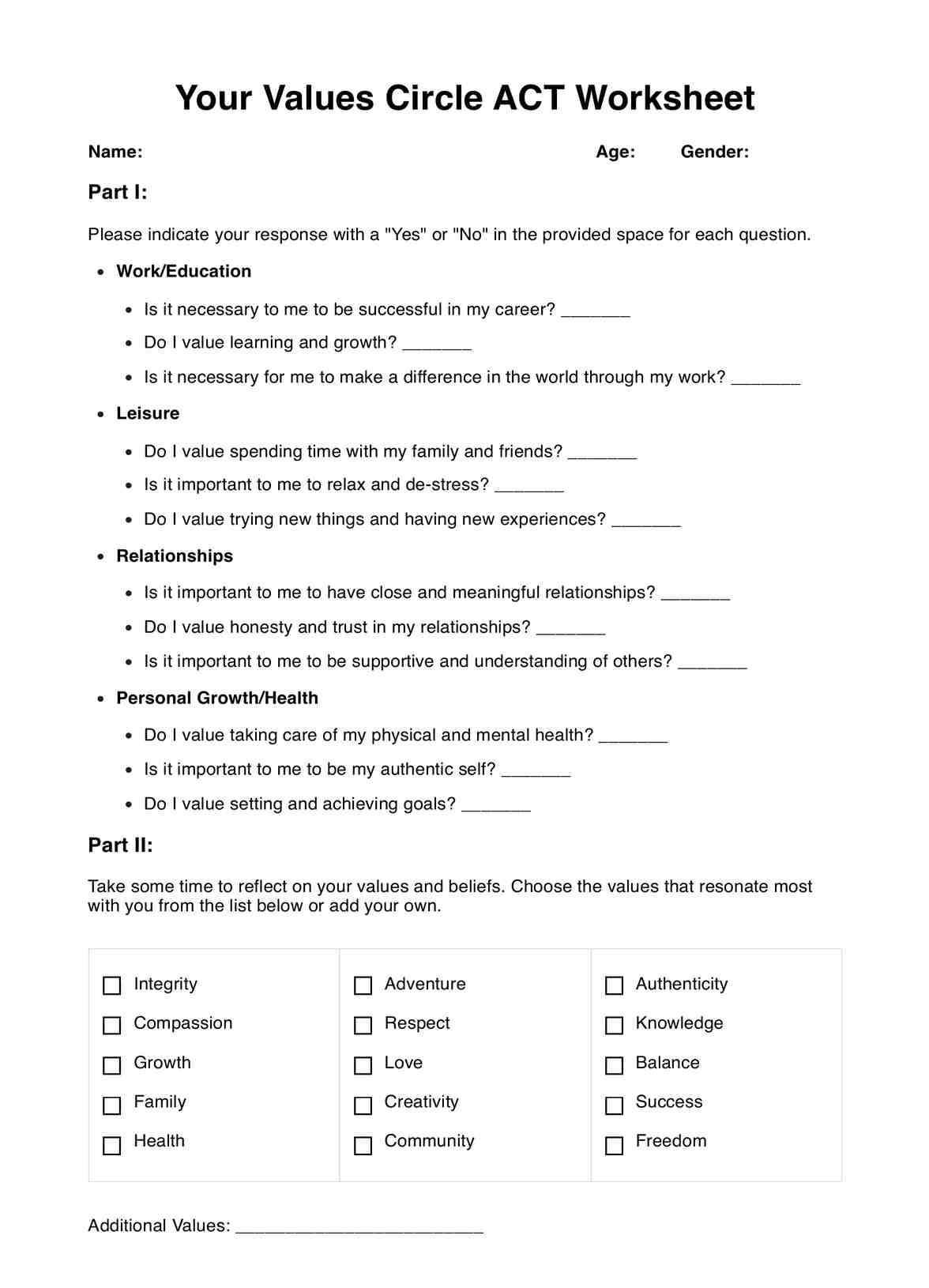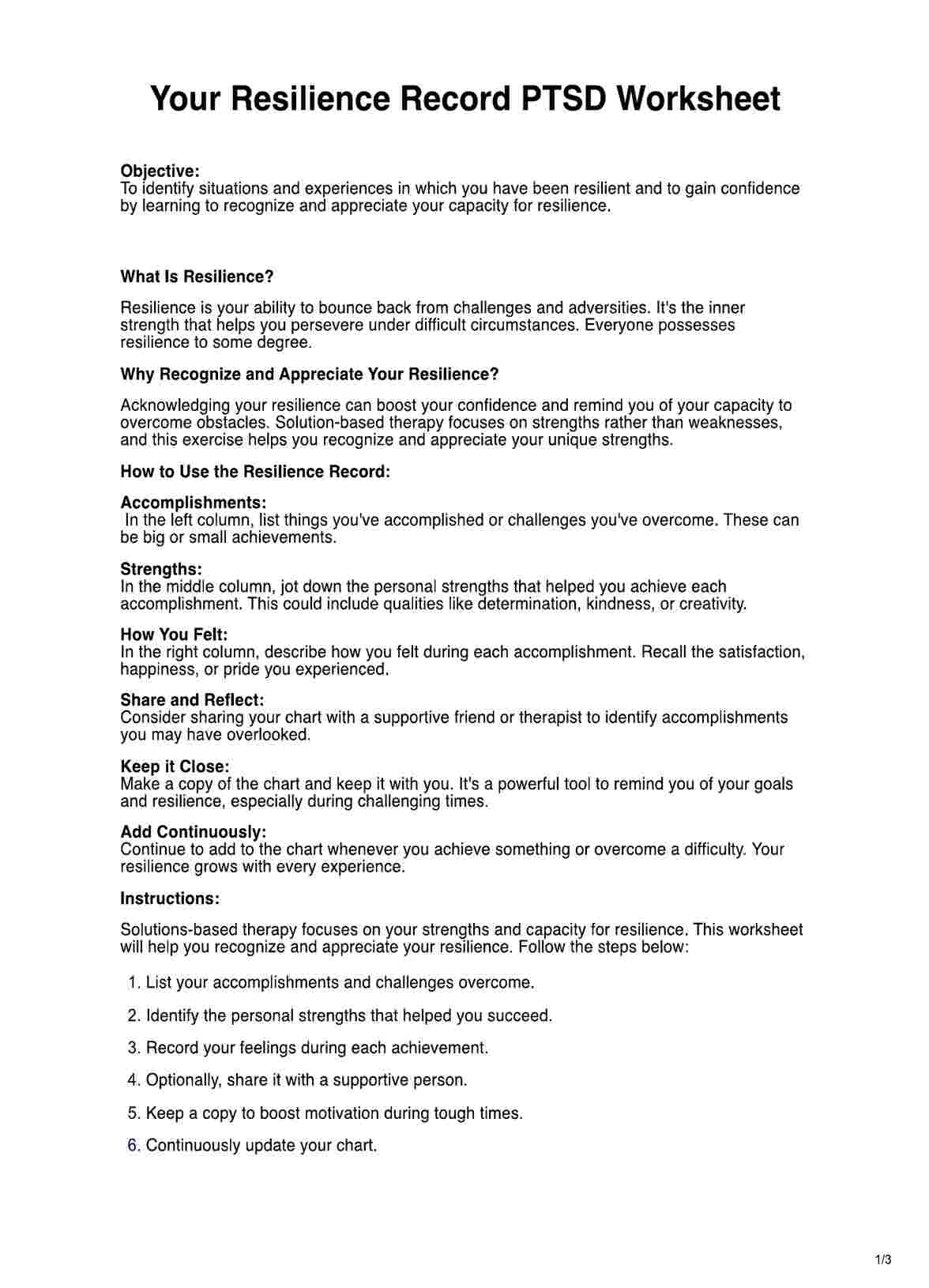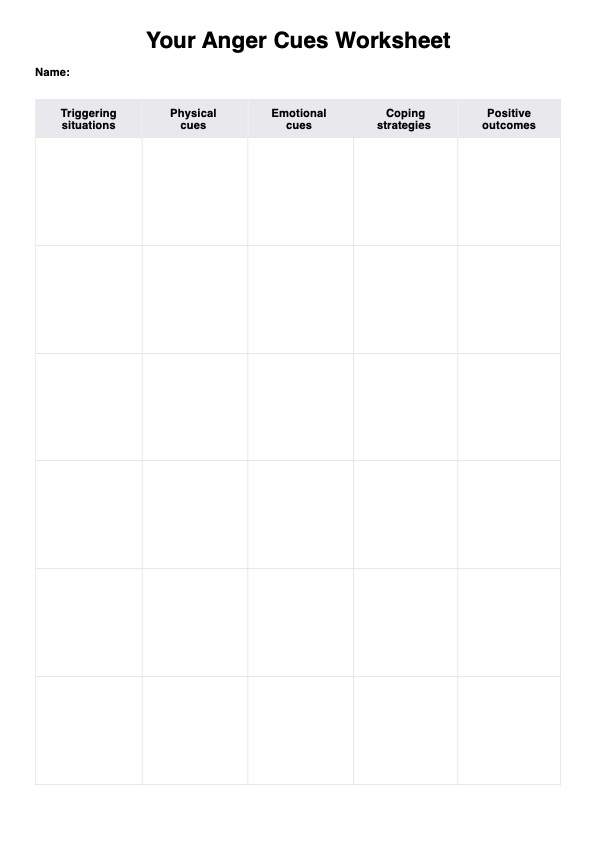Measure your resting heart rate, locate your age group on the chart, compare your RHR to the values listed, and interpret the results to determine your fitness level and cardiovascular health.
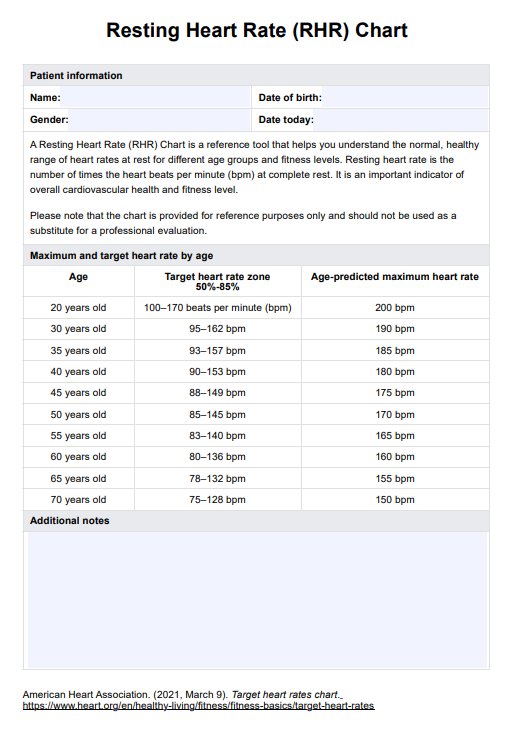
Resting Heart Rate Charts
Download our free resting heart rate chart template and example to assess your fitness level and improve cardiovascular health.
Use Template
Resting Heart Rate Charts Template
Commonly asked questions
Your RHR falls into one of the categories on the chart, ranging from Athlete to Poor. A lower RHR usually indicates better cardiovascular fitness, while a higher RHR may indicate a need for improvement.
The chart is scored by categorizing your RHR into one listed category. Each category represents a general fitness level, with lower RHRs typically signifying better cardiovascular health.
EHR and practice management software
Get started for free
*No credit card required
Free
$0/usd
Unlimited clients
Telehealth
1GB of storage
Client portal text
Automated billing and online payments


